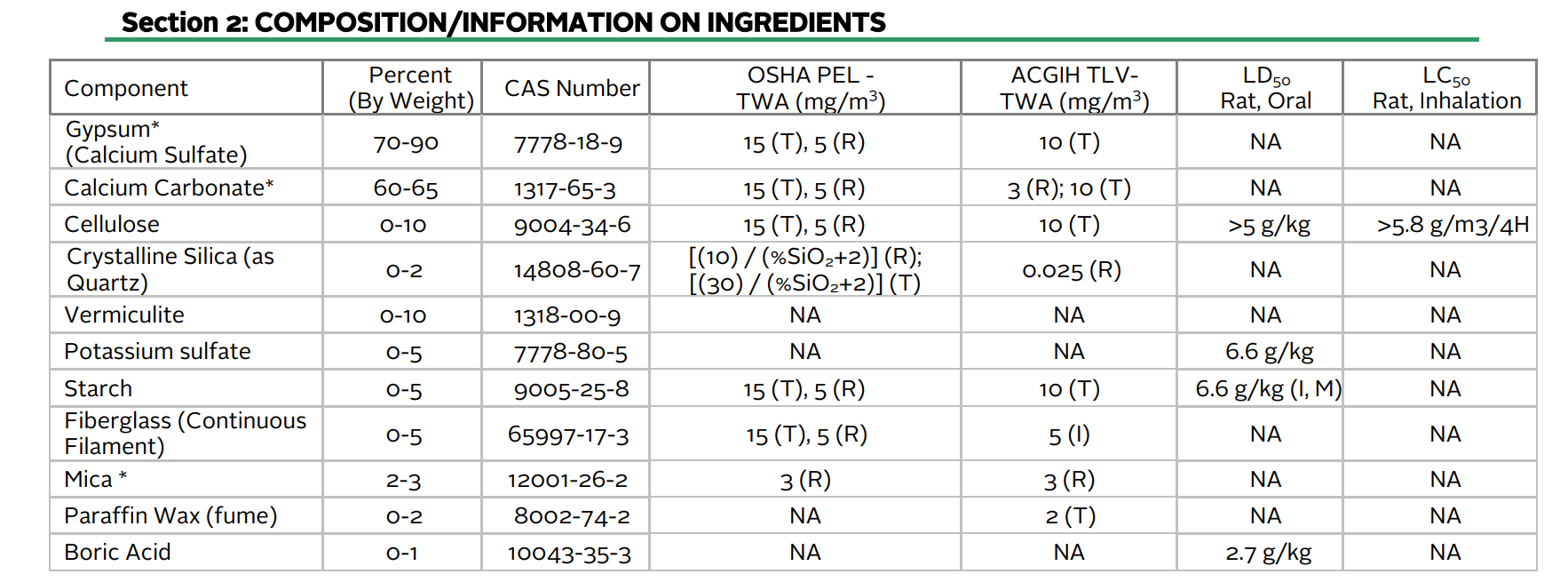Surprising Sources of Gluten
Surprising Sources of Gluten
Many Every Day Sources of Sneaky Gluten
If you are a Celiac or have gluten sensitivity, it can be incredibly frustrating to try and figure out what has gluten or not. It is all too common to accidentally “gluten” yourself because things are not labeled well or the gluten is coming from a non-obvious source. We’ve written about the grains that contain gluten, and how the FDA only required ingredient lists to contain the top allergens, of which gluten isn’t one. Below are some food and non-food items that gluten can sneak into.
Medication
Many medications and supplements can sneak gluten into the coasting or binding agents. Check out the link above to read our post on the subject.
Meat Products and Substitutes
Many prepared deli meats are marinated and could potentially contain gluten from soy sauce or other marinades. Make sure to ask to see the label before purchasing. Processed meats like hotdogs and canned meat can contain gluten, this is especially true with vegan meant alternatives which commonly contain vital wheat gluten. Another sneaky meat substitute is imitation crab meat. Imitation crab is rarely gluten-free, so watch out for those California rolls.
Modeling Clay
Gluten can sneak up in the oddest of places. Typically children’s modeling clay is made from flour, water, and salt which means it is full of gluten. If you have kids who are Celiac, look for a gluten-free alternative to the popular brand of kid’s modeling clay.
Malted Barley
Malted Barley is less commonly known for containing gluten, and since it isn’t wheat, it won’t appear on allergen labels. Stay away from malted vinegar and malted chocolate. Make sure you read labels carefully because it can appear in surprising places, like Rice Crispies.
Drywall
Most drywall these days uses corn starch, but not always. It is worth checking the manufacturer’s material safety data sheet (MSDS). They are available online and will list all of the components of the material. The MSDS often just lists “Startch” and you will have to take it one step further by looking up the CAS number for the component. It is required by law to include the CAS number, which can be looked up in the CAS registry provided by the American Chemical Society. Between the MSDS and the CAS number, you can determine exactly what is in the materials. This method works for any material used in the workplace: Glue, joint compound, drywall, etc. If a material does not have an MSDS, then it is usually safe as they are only required when hazardous materials are used.
Sample of a drywall MSDS Sheet. Notice the component is listed as “Starch” and the CAS number is 9005-25-8. If you search that number you will find that that specific starch is corn starch.
Hopefully, this list of everyday items that can hide gluten was helpful. If there are any items that consistently surprise you, please list them in the comments to help others.


